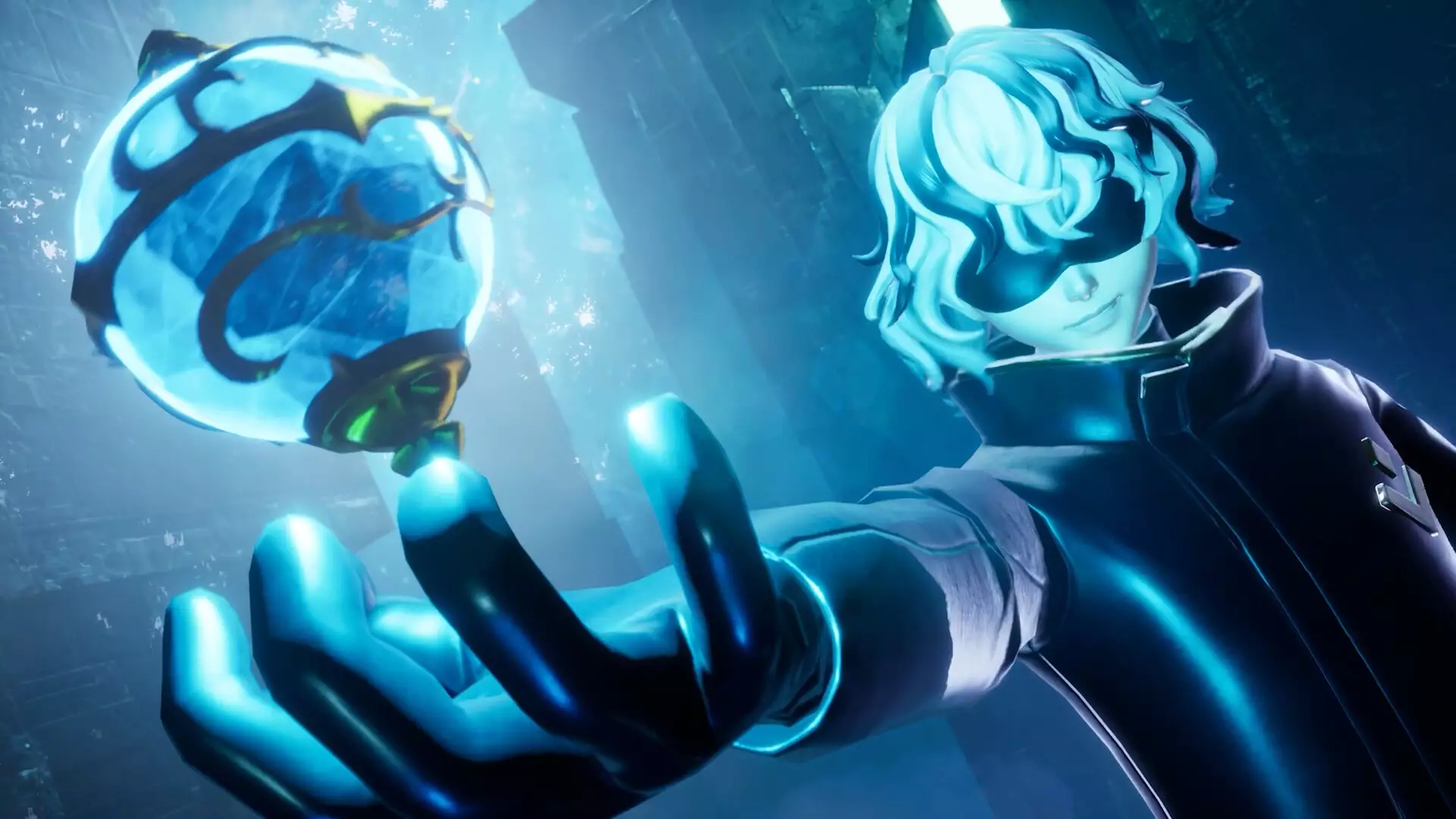In today’s rapidly evolving gaming landscape, players often find themselves fervently demanding new content, eager to dive into the latest features, expansions, and updates. However, as highlighted by industry leaders from successful titles such as Helldivers 2 and Palworld, there exists a significant disconnect between player expectations and the realities of game development. The enthusiasm from tens of millions of players is palpable, yet it’s crucial to recognize that creating new gaming content is a lengthy, intricate process.
John Buckley, the community and publishing manager for Palworld, succinctly captured this sentiment when addressing the unrealistic timelines often imposed by the gaming community. Buckley’s personal passion for gaming amplifies his understanding of this need for rapid content release, but he emphasizes a crucial point: the game development process is not simply a matter of pressing a button. Weekly updates for games like Fortnite or Call of Duty are produced with vast teams and extensive resources, which can skew expectations for smaller teams that lack the same infrastructure.
The Misunderstanding of Development Timelines
Players often fail to grasp the exhausting, detailed timelines that go into crafting a new island in Palworld or significant content updates for Helldivers 2. Buckley notes that creating something substantial—like an entirely new location—can take as long as six months. This lengthy development phase is often met with frustration from a community that doesn’t fully comprehend the intricacies involved. A single feature might require dozens of iterations, countless coding efforts, and thorough testing to ensure it meets the standards that players expect and deserve.
Feedback from the community can indeed be valuable, but it is not always as easy to implement as players may assume. Suggestions often come with unforeseen implications. A seemingly straightforward adjustment can have a cascading effect on the game’s architecture, requiring careful consideration and time—elements that are in short supply in game development. As Johan Pilestedt, the creative lead of Helldivers 2, points out, it is not simply about telling a character what to do. In video games, character development and actor-like performance must be painstakingly crafted from the ground up, making each creative decision a complex puzzle.
The Emotional Toll on Developers
The emotional strife that accompanies these criticisms can be disheartening for the development teams working tirelessly behind the scenes. There is a palpable sense of dedication and commitment among developers, yet the chorus of dissatisfied voices can overshadow their hard work. Buckley mentions the negativity he encounters, describing how, despite the hours of labor that go into crafting new content, players frequently accuse teams of negligence or abandonment.
This pressure fosters a toxic atmosphere where developers feel as if they have to constantly defend their progress. Understanding the balance between rapid output and quality is vital, yet players can often overlook this nuance. The expectations borne from a consumer-driven market complicate this relationship further, causing a cycle of dissatisfaction that harms both developers and the player community.
The Need for Better Communication
Transparent communication could bridge this understanding gap. Developers like Buckley and Pilestedt express a desire for clearer dialogues concerning development timelines and processes. Informing players about the time investment needed for new content and updates can mitigate frustrations and build empathy. Developers could potentially share behind-the-scenes looks at the challenges they face, celebrating the incremental wins along the way. This approach could foster a more supportive community where players truly appreciate the complexities involved in game development.
A proactive engagement strategy consisting of regular updates, sneak peeks of upcoming content, and honest explanations about delays could transform perceptions. While it may seem daunting, establishing this rapport could ultimately enhance player satisfaction, loyalty, and understanding.
In an era where consumers demand innovative content at lightning speed, it is essential to remember that some of the most remarkable experiences come from prolonged effort and meticulous craftsmanship. The reality of game development is not a sprint, but rather a marathon where patience is pivotal for success. It’s time for the gaming community to align its expectations with the intricate realities of creation, fostering a culture that values quality over quantity.


Leave a Reply